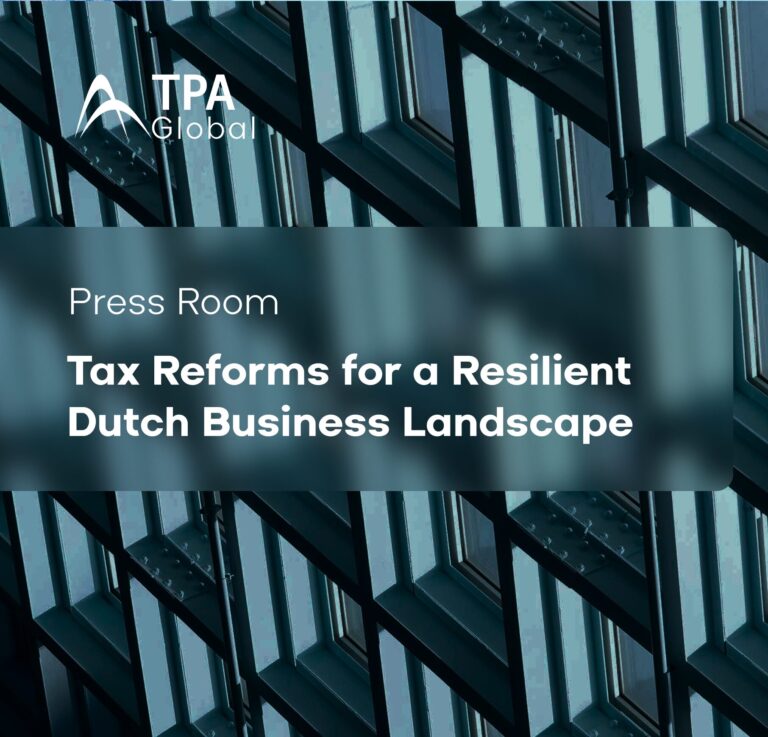The OECD held a virtual public consultation on the 16th of March on the compliance and tax certainty aspects of the Pillar Two global minimum tax. Representatives from interest groups, large companies, and accounting firms have cited concerns over issues relating to tax return preparation and the need for tax certainty, including dispute avoidance and resolution.
The virtual meeting was held as part of the efforts of the Inclusive Framework (IF) to coordinate with MNEs in order to minimize compliance costs and avoid double taxation.
The public consultation meeting revolved around two main aspects of the Pillar Two GloBE rules: Information Return and Tax Certainty.
Information Return
To calculate the GloBE tax liability, MNE groups may need to collect a large set of data points, over 122 in total, that are considered sufficient according to the Pillar Two – GloBE Information Return public consultation document:
- General information about the MNE Group and the Filing Constituent Entity;
- Corporate structure information, namely each Constituent Entity’s ownership structure, whether it is required to apply the IIR and whether the UTPR could apply with respect to such Constituent Entity, as well as information about changes to the ownership structure that took place during the Fiscal Year;
- ETR computation and Top-up Tax computation;
- Top-up Tax allocation and attribution, including details on the computation of each Parent Entity’s Allocable Share of Top-up Tax to apply the IIR and on the computation of the UTPR Top-up Tax Amount, if any, as well as of the UTPR Percentage for each UTPR Jurisdiction, where applicable.
Stakeholders involved in the public consultation meeting requested the OECD to limit the volume of reportable information in order to simplify the filing process.
Tax certainty
Even though the Implementation Framework does include mechanisms to prevent inconsistent outcomes in the application of the GloBE rules, different jurisdictions may still apply or interpret domestic GloBE rules differently. Such discrepancies may result in double or over-taxation.
For instance, as noted in the public meeting, QDMTTs – which are based on accounting standards and are currently expected to follow the same calculation model as Pillar Two –, differ from consolidated standards required for the income inclusion rule (IIR), which might cause discrepancies in the calculation of the ETR.
It was also noted that there is a need for the development of a coordinated risk assessment with a binding nature as well as other effective dispute resolution tools.
Next steps
Based on stakeholder input, the OECD plans to adjust the information return and provide updated administrative guidance. According to the representative of OECD’s working party no. 11, Marco Iuvinale, the OECD will focus on working on the following areas:
- Facilitate cooperation between administrations;
- develop a method to avoid that MNEs in eligible jurisdictions only need to prepare the QDMTT needed for local jurisdictions and not GloBE calculations; and
- possible specifications to the ETR calculations to increase tax certainty.
For further consultation on the applicability and implementation of the Pillar Two GloBE rules for your organization, please contact:
Jasper Verkamman, Associate
Raymund Gerardu, Managing Partner



